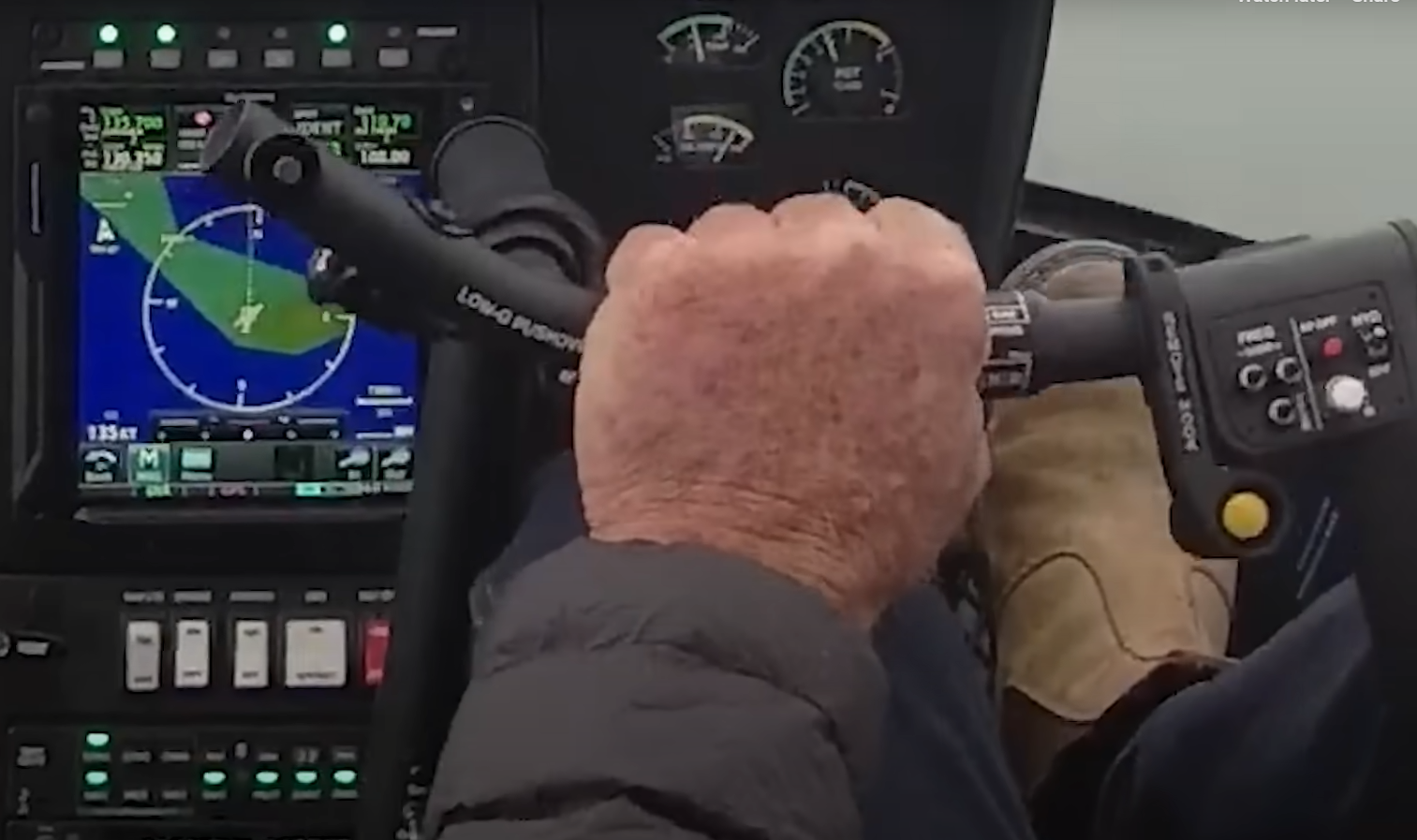Robinson R-66 Accident Leads to Updates to Safety Notices
New Updates Describe Old Problems
As of June 30, 2025, the Australian Transportation Safety Board (ATSB) released its final report on the fatal accident of an R-66 helicopter after an encounter with turbulence led to a low-G mast bumping accident. A summary of the report can be found on the ATSB's website here. A link to the full report can be found on the right side of the page.
I found this accident particularly interesting for a few main reasons. Firstly, it's the exact use-case for the cockpit camera that Robinson and others had envisioned when it came to accident investigation. A crash that, on the surface, may have been difficult to investigate and find a true cause for, is now on full display for the world to learn from. While the ATSB doesn't show the video fully, it shows enough to put together the pieces in the rough timeline that they occur:
- The pilot is cruising at very high speed (110-120kts) with the autopilot engaged
- The pilot's hands are both removed from the controls, and his right hand is holding a sandwich as he eats
- Upon encountering a significant amount of turbulence, the pilot begins to make inputs with his left hand on the top post of the T-bar cyclic, still holding the sandwich in his right hand
- During the upset, the helicopter enters a Low-G condition with a right roll. Video analysis showed the pilot was moving the cyclic forward and left, the exactly incorrect action.

This accident report is frustrating to read, frankly. So much training we do is based around this exact scenario, and training to avoid the exact inputs that were made here. We as pilots need to heed the warnings that we are taught during training, and don't let our guard down.
Robinson has updated 3 of its Safety notices recently. Without specifically mentioning that this accident was the reason, I should add, but the timing is two weeks after the report was released, and here are the 3 updated safety notices:
- SN-11 Low-G Pushovers - Extremely Dangerous
- SN-32 High Winds or Turbulence
- SN-41 Pilot Distractions
...seems pretty topical.
There are many lessons to take away from this, the first and 3 most obvious lessons all come from those 3 safety notices that have been updated. But to me, a bigger lesson to take away is to step back and examine yourself as a pilot. All of the factors that contributed to this accident are known factors. Low-G pushovers caused by turbulence and compounded by distractions are nothing new. I often muse that "It's really hard to find a new way to crash a helicopter".
The real problem here was a lack of knowledge and understanding. When was the last time you read through an aircraft manufacturers Safety Publications? When was the last time you discussed abnormal/emergency procedures with an instructor? Would you still be able to remember all of the safety items that you learned by heart for your checkride?
The only thing we can do in situations like this is to learn from the mistakes of others. Hopefully, if we found ourselves in a similar scenario, we would all now be better equipped to effectively deal with it...
